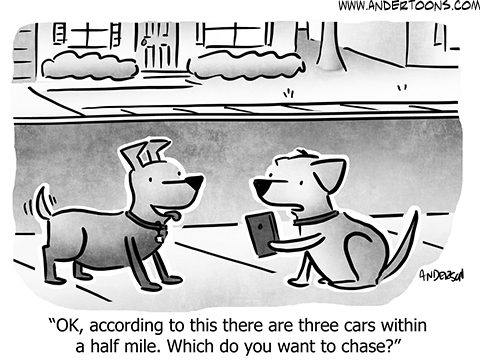Kitties are very mysterious little furballs, who have certainly gathered more than their fair share of myths and legends. In fact, for a cute, innocent-looking pet, Fluffy has amassed a rather impressive collection of urban—and rural—legends. A local vet lists a few of them below.
Cat Goddesses
Our feline friends have been associated with several different goddesses. The most well-known may be Egypt’s Bastet, who was often depicted in feline form. The ancient Greeks had their own kitty goddess, Ailuros, but also associated cats with Artemis and Athena. The Norse goddess Freya drove a chariot pulled by two large felines. The Hindu goddesses Durga and Parvati were also closely associated with big kitties.
Luck
Fluffy has also long been associated with luck, both good and bad. As you may know, black cats have long been considered unlucky in Western mythology. This is actually very unfortunate, as these superstitions continue to this day, and play a role in the low adoption rates of black cats. In other eras and cultures, black kitties have been considered good luck. In some instances, a cat’s luck depends on their coloring. For instance, Buddhist lore states that cats with dark fur bring gold, while lighter-colored furballs bring silver. Russian Blue cats are considered lucky in Russia. In China, luck and age are connected, with older furballs being the most fortunate.
Pussy Willow
The story of the pussy willow is one of the most enduring myths about our feline friends. This tale starts with a litter of playful kittens chasing butterflies on a sunny spring day. Unfortunately, the kittens fell into a river. Their mother, desperate, cried out in distress. Hearing her terrified meows, a willow tree on the riverbank lowered its branches into the water. The kittens grabbed the branches and climbed to safety, sopping wet and crying. According to legend, willow trees have extended branches with furry ‘kitten’ buds every spring since.
Immortality
Last but not least, we have that old adage about cats having nine lives. This one we can state for a fact isn’t true. While some of our patients do have an uncanny ability to escape dangerous situations, this is usually sheer luck. Keep your feline buddy safe and sound indoors. Of course, it won’t hurt to offer your feline overlord soft beds, fun toys, treats, and catnip.
Do you have questions about your cat’s health or care? Contact us, your animal clinic, today!












